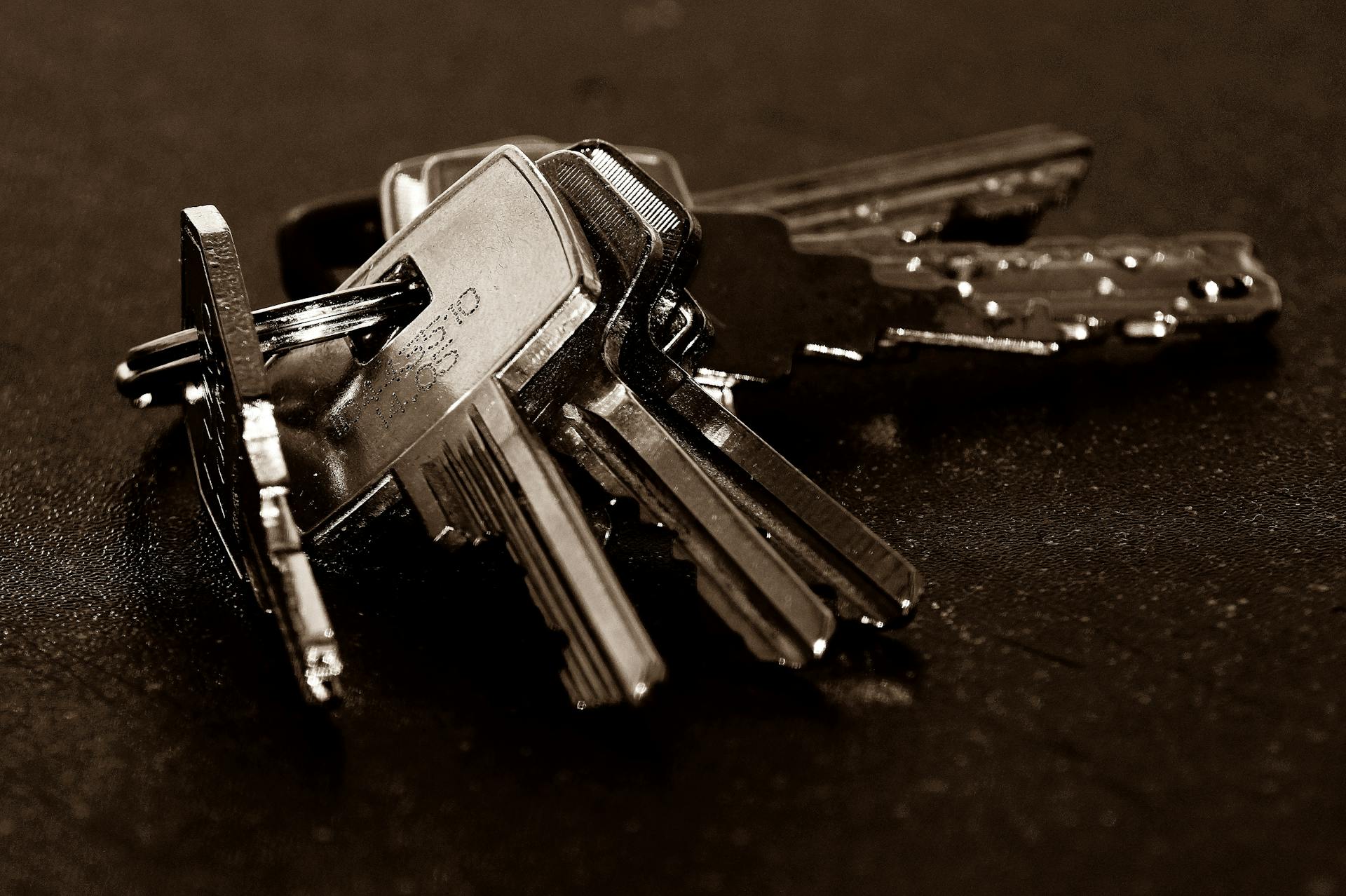I bought this house because it felt like home the moment I walked in. It had character, history. A little neglected, sure, but nothing some love couldn’t fix. The chipped, faded blue-grey paint on the exterior was part of its charm, a testament to years lived within its walls. I knew I’d paint it eventually, but it wasn’t a priority. Life happens, you know?
My neighbors, a couple who lived in the perfectly manicured house next door, were… particular. Their lawn was immaculate. Their shrubs, precisely trimmed. Every morning, the husband was out with a leaf blower, even when there were no leaves. They introduced themselves stiffly, offered a small, forced smile, and then, almost immediately, launched into a polite but pointed monologue about “neighborhood standards” and “curb appeal.” I brushed it off, a little annoyed, but I get it. Some people just like things just so.
The comments escalated. First, it was a casual, “Lovely day for painting, isn’t it?” Then, “Your house really is quite… rustic. A fresh coat would really brighten the street.” I started to feel a prickle of defensiveness. It’s my house. I’ll paint it when I’m ready. I nodded, smiled, and made vague promises about “getting around to it.”

A house | Source: Pexels
Then came the envelope. Thick, official-looking, dropped in my mailbox without a stamp, which was odd. It had a familiar logo I recognized from online searches when I first moved in – the HOA. My heart sank. I’d avoided joining the neighborhood association, thinking I’d sidestep all the petty rules. But apparently, they found me.
I tore it open. It was a formal letter, citing specific sections of a lengthy covenant I’d never seen. It stated, in no uncertain terms, that the exterior of my home was in violation of community standards due to its deteriorated paint. It demanded the house be repainted within 30 days, or I would face escalating fines. Thirty days! It even specified a neutral color palette, prohibiting anything too “vibrant or unusual.” The faded blue-grey was apparently very “unusual.”
Panic set in. This was real. This was serious. Could I even afford to get it done that quickly? I felt a sudden rush of resentment towards my neighbors, who I now suspected had instigated this. They must have complained. They must have.
But then, a flicker of doubt. I had bought my house directly from an individual, not through a realtor. I remembered signing stacks of paperwork, but nothing about specific HOA covenants or annual dues. I never received a welcome packet, never got any newsletters. Why would they only contact me now, and so aggressively?
A cold dread began to seep in. I pulled up the HOA’s official website. I navigated to the “Contact Us” page. I found their phone number. I called. A pleasant voice answered, confirming it was the neighborhood association.
“Yes, I’m calling about a letter I received regarding my house paint,” I explained, giving them my address.

An older man holding his glasses | Source: Pexels
There was a pause. “I’m sorry, I don’t see any active violations or letters sent to that address regarding paint. Are you sure it was from us?”
NO. WAY.
My blood ran cold. “It has your logo, your letterhead, specific codes listed…”
“Could you describe the letter more? Perhaps email us a copy?”
I did. And less than an hour later, I received an email back. The letter was a fake. A COMPLETE FORGERY. It was an incredibly well-done fake, but it was not from the HOA. It never had been.
I hung up the phone, shaking. The panic was replaced by a slow, simmering rage. They did this. My neighbors did this. They went to all this trouble, created a fake legal document, to intimidate me into painting my house. WHY? What kind of twisted obsession was this? It wasn’t just about “curb appeal.” This was something else entirely. Something deeply disturbing.
I marched over there, the fake letter clutched in my hand. I rang their doorbell, my finger trembling. The husband answered, looking surprised, then instantly wary when he saw my face.
“We need to talk,” I said, my voice tight. “About this.” I thrust the letter at him.
His eyes scanned it. He blanched. “I… I don’t know what you’re talking about,” he stammered, but his eyes darted to his wife, who had appeared behind him, her face pale.
“Don’t lie to me,” I hissed. “I called the HOA. This is fake. You made this up. Why? WHY would you do something like this?”

A set of keys on a table | Source: Pexels
The wife stepped forward, her perfectly composed facade crumbling. Her eyes were wide, glistening. “We just… we just wanted you to paint it,” she whispered, her voice cracking. “We couldn’t take it anymore.”
“Take what?” I demanded, utterly bewildered by their sudden distress. “My house? My paint? What is wrong with you people?”
She stared at the chipped, faded blue-grey paint of my house, then back at me, tears streaming down her face. “It’s the color,” she choked out. “That exact color. It’s the car. The day…” She trailed off, dissolving into gut-wrenching sobs. The husband put an arm around her, his own eyes welling up.
Their grief was palpable, overwhelming. It wasn’t anger or annoyance I saw now, but profound, agonizing pain. It confused me, terrified me. What car? What day? This was clearly not about a fake HOA letter anymore.
I left them, their quiet sobs echoing behind me. I couldn’t understand. But I knew, deep down, that the answer was tied to the house, to them, to that specific shade of blue-grey. I started asking questions, subtly at first. An older lady down the street who’d lived here for decades. The mail carrier. The proprietor of the local diner.
Little by little, the pieces started to click into place. Everyone knew “the story.” The tragic accident. Years ago. Drunk driver. Hit-and-run. Their only child. Killed instantly.
And the car? It was a 1990s sedan, light blue-grey. The same faded, chipped color of my house. The color of the house belonging to the driver who hit their child and then fled the scene. The driver who was eventually caught, convicted, and imprisoned.
The driver I bought my house from.
My house, with its charming, faded exterior, wasn’t just a house. It was a monument to their darkest day. A constant, daily, agonizing reminder of the man who shattered their lives, and the exact hue of the metal that crushed their child.

A flashlight | Source: Pexels
They weren’t trying to enforce HOA rules. They were trying to ERASE A GRAVESTONE. And I, unknowingly, had moved right into it.

